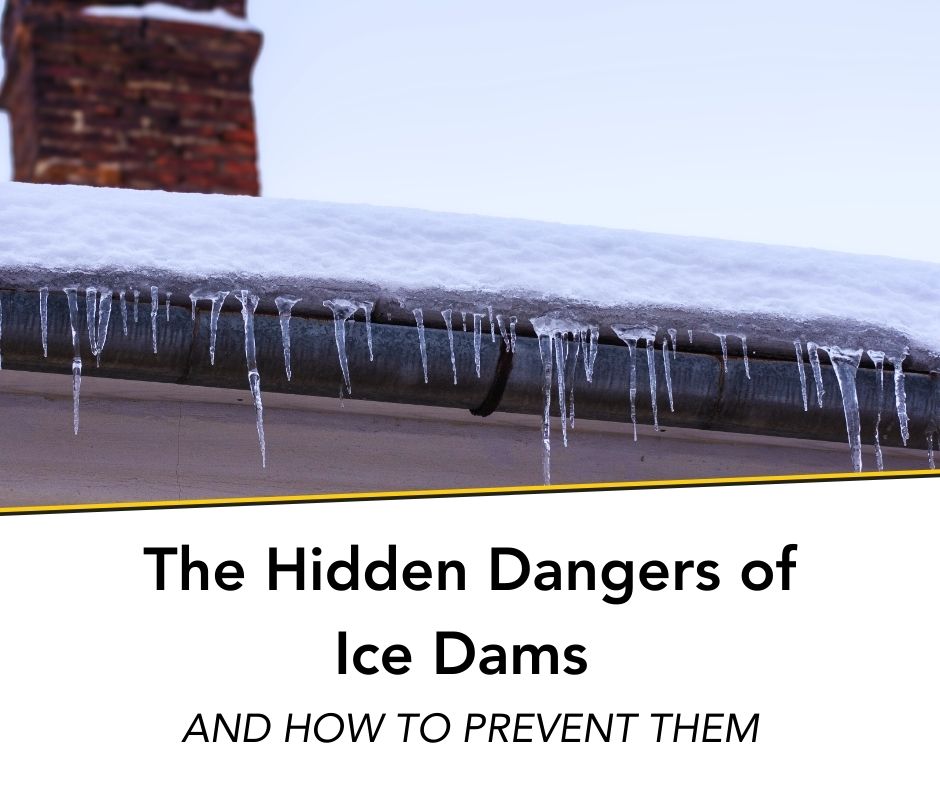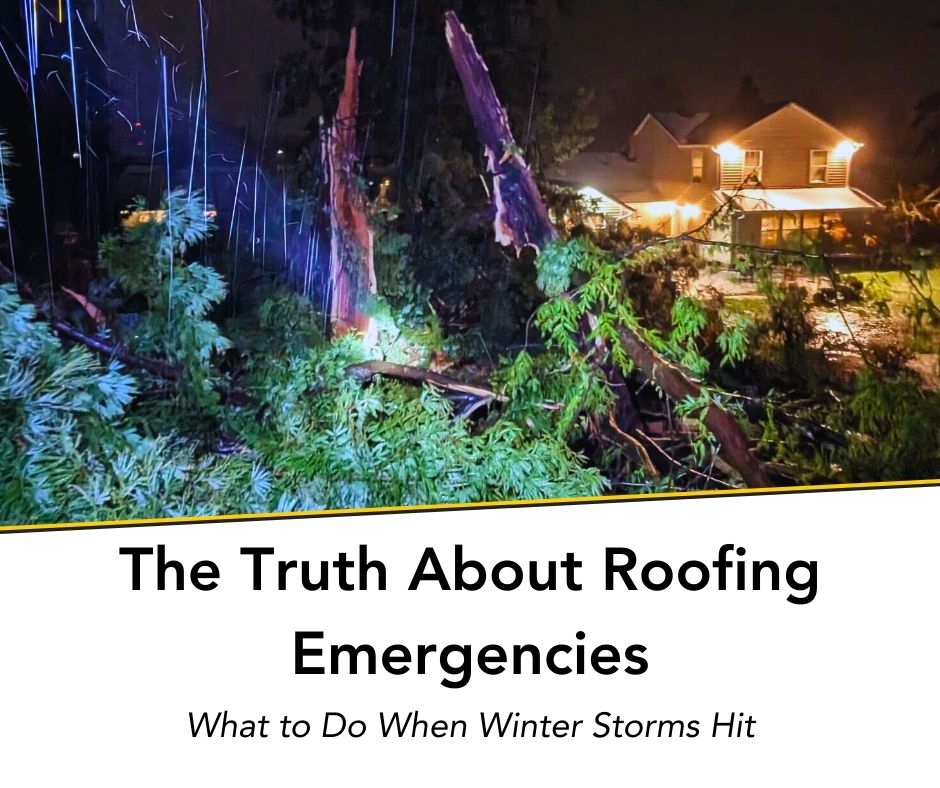
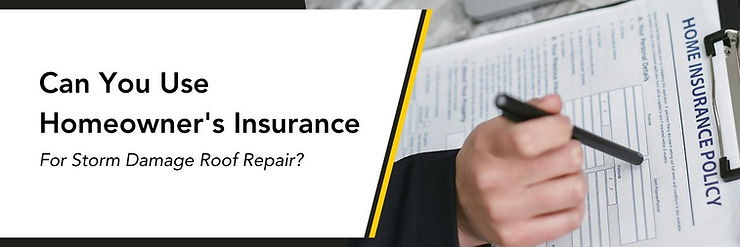
If a storm leaves your roof damaged, your homeowner’s insurance may help cover repair or replacement costs. However, navigating the insurance process can feel overwhelming. We can assist homeowners with storm damage roof repair and navigating insurance coverage.
Not sure what your options are? Here’s a guide to using your homeowner’s insurance to address storm damage to your roof.
After a storm, your first priority should be safety. Inspect your roof from the ground for visible damage, such as missing shingles, sagging areas, or debris. Avoid climbing onto your roof—it’s dangerous and could cause further damage. Instead, call a trusted roofing professional to perform a thorough inspection.
In Oregon, heavy rain can often lead to hidden leaks that might not be immediately visible. A professional inspection – especially by crawling through your attic space – can uncover issues like water infiltration, damaged flashing, or cracked shingles that require prompt attention.

Before filing a claim, review your homeowner’s insurance policy. Most standard policies in Oregon cover roof damage caused by storms, but it’s essential to know the specifics:
Documentation is key to a successful insurance claim. Take clear photos or videos of the damage to your roof and any interior areas affected, such as water stains or leaks. If possible, include timestamps. Keep a record of all receipts for temporary repairs, such as tarping, to prevent further damage. Be sure to keep a record of all expenses and noted damages – your insurance will likely be very particular about details and receipts.
Oregon’s wet climate makes timely repairs critical. Many policies require you to take immediate steps to mitigate damage, so don’t delay in assessing and securing your roof.
Contact your insurance company as soon as possible to file a claim. Provide them with all necessary documentation and be prepared to answer questions about the storm and damage. If you use an insurance brokerage, your agent can be very helpful in advising you on the documentation process.
In Oregon, storms can vary in severity. If multiple homes in your area are affected, insurers may send adjusters to assess widespread damage. Be proactive and ensure you’re on their radar.
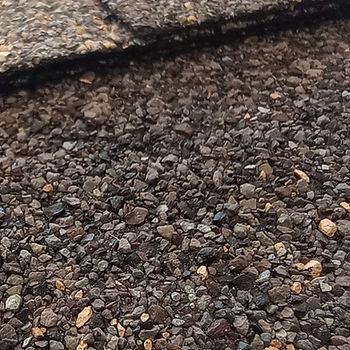
Your insurer will likely send an adjuster to inspect the damage. It’s wise to have a roofing contractor present during this inspection to ensure nothing is overlooked. Contractors with experience in insurance claims can provide detailed reports and advocate on your behalf with their industry expertise. A roofing contractor can give you options for storm damage roof repair or sometimes replacement depending on the extent of damage.
Once the adjuster completes their report, your insurer will provide an estimate for the repairs. Compare this with the contractor’s estimate and address any discrepancies. If you believe the insurer’s estimate is too low, you can negotiate or hire a public adjuster for assistance, depending on the disparity of the discrepancy.
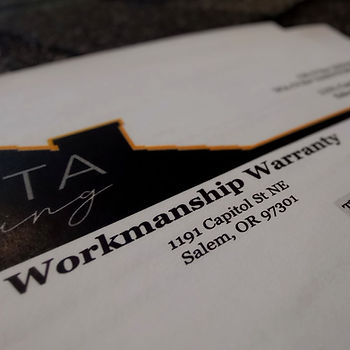
After agreeing on a settlement, your contractor can begin the repair or replacement process. Choose a reputable company with a track record of high-quality work and positive reviews. In Oregon, roof durability is essential, so ask about materials and warranties that best match with your area’s needs and the long term goals for your home. This should also match with what was agreed upon in the settlement, but exact details can be worked out with your contractor.
Winter storms are a reality of life in Oregon, but they don’t have to leave you with a damaged roof and a hefty bill. By understanding your homeowner’s insurance policy, documenting the damage, and working with a trusted roofing contractor, you can navigate the claims process with confidence.
Your roof protects your home from the elements—let your insurance do its part in protecting your investment. If you need storm damage roof repair, don’t wait. Reach out to your insurance provider and a local roofing expert today to get your home taken care of.
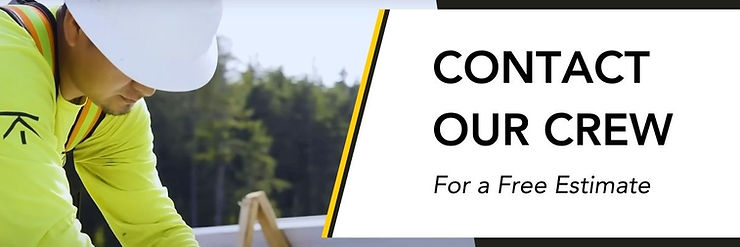
The information provided in this article, Can You Use Homeowner’s Insurance for Storm Damage Roof Repair?, is for general informational purposes only and should not be considered legal, financial, or insurance advice. While we strive to ensure accuracy, roofing policies and insurance coverage vary by provider and individual circumstances. Readers should consult their homeowner’s insurance policy and speak with their insurance provider or a licensed professional to understand their specific coverage and claims process.
Dakota Roofing NW is not responsible for any errors or omissions in this article, nor for any actions taken based on the information provided. Any reliance placed on this content is at the reader’s own risk. Additionally, Dakota Roofing NW does not guarantee insurance claim approval or coverage for any specific damages. Homeowners should always verify details directly with their insurance company and seek professional guidance when necessary.


